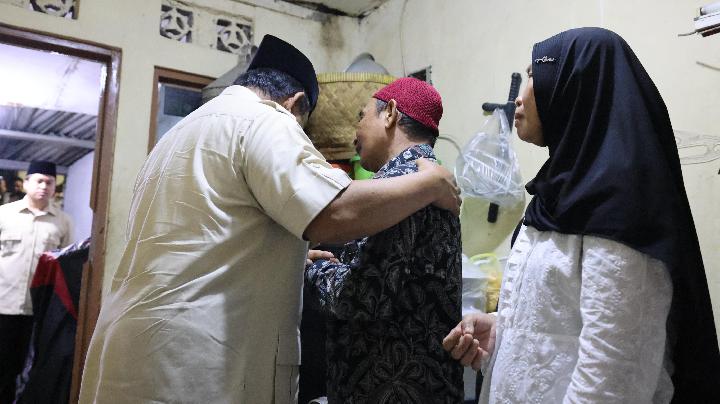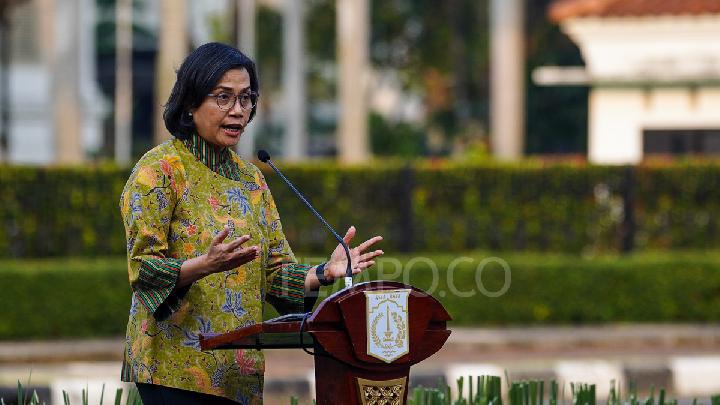TEMPO.CO, Jakarta - Independence Day celebrations hold a special place in every nation’s history. They are more than just festive moments; they represent a collective remembrance of struggle, resilience, and the affirmation of national identity.
While fireworks, parades, and music are often the common thread, each country adds its own traditions, shaped by history and culture, that make the day unique.
Here is a glimpse at how different countries around the world mark their Independence Day.
United States
Every July 4, Americans celebrate the signing of the Declaration of Independence in 1776. The day is synonymous with fireworks, barbecues, parades, and the colors red, white, and blue that adorn streets and homes.
From small-town picnics to grand fireworks shows in major cities, the Fourth of July is not only a celebration of freedom but also a moment for Americans to reaffirm their sense of unity and identity.
France
In France, Bastille Day is celebrated on July 14 to honor the 1789 French Revolution. Military parades march along the Champs-Élysées, while fireworks light up the sky above Paris, particularly around the Eiffel Tower.
A beloved tradition since 1937 is the Firemen’s Ball, where fire stations open their doors to the public and host dance parties that bring communities together in a festive spirit.
Canada
Canada Day, held every July 1, commemorates the country’s path toward unity. The capital city, Ottawa, becomes the focal point of festivities, including parades, concerts, and a breathtaking aerial show by the Snowbirds team over the Peace Tower. While the date does not mark Canada’s full independence from Britain, it is widely embraced as a milestone of nationhood and national pride.
Mexico
Mexico’s Independence Day falls on September 16, but the festivities begin the evening before. On September 15, the president rings the historic bell of independence and leads the patriotic cry of “El Grito,” answered by crowds with shouts of “¡Viva México!” The event is followed by the singing of the national anthem and dazzling fireworks, filling the night with patriotic fervor.
Peru
In Peru, celebrations also start a day earlier. Folk music echoes through parks and beaches, with locals enjoying traditional games and festivals steeped in Creole culture. Bullfights and cultural exhibitions highlight the blend of historical traditions that remain central to the Peruvian spirit of independence.
Australia
Australia commemorates its national day on January 26, marking the arrival of the first British fleet in 1788. Historical records show that celebrations date back to 1808, with official recognition beginning in 1818. Today, Sydney hosts ferry races, surfing contests, tall ship parades, and grand fireworks displays, making it one of the most colorful celebrations in the country.
India
India celebrates independence from Britain every August 15, dating back to 1947. The day begins with the prime minister’s address at the Red Fort, once a British military stronghold. Flag hoisting ceremonies take place in the capital, in schools, and across households. Beyond parades and fireworks, kite flying has become a vibrant tradition, symbolizing freedom and hope soaring into the skies.
Indonesia
Indonesia’s Independence Day on August 17 is among the most vibrant in Asia. A cherished tradition is the greased pole climbing contest, where palm trees covered in oil are topped with prizes. Teams of residents work together to climb and claim the rewards, symbolizing unity and perseverance. Across the country, parades, folk competitions, and fireworks add to the festive atmosphere.
South Korea
South Korea observes Gwangbokjeol, or “the restoration of light,” every August 15. Official ceremonies take place at Independence Hall, where the president delivers a speech and the national anthem is sung. Citizens proudly display the national flag on their homes, while another distinctive tradition is the granting of special pardons to certain prisoners, symbolizing forgiveness and renewal.
Ghana
In Ghana, Independence Day is celebrated on March 6 with lively parades, street festivals, and cultural dances in the capital, Accra. The day holds deep meaning as Ghana was the first Sub-Saharan African country to break free from British colonial rule. The spirit of liberation and pride continues to resonate in every celebration.
Haiti
Haiti marks its independence on January 1, recalling the successful slave revolution that overthrew French colonial rule in 1804. A unique tradition is the serving of “Soup Joumou,” once forbidden to enslaved people and reserved only for French colonists. Today, it is enjoyed as a powerful symbol of victory, equality, and resilience.
Kenya
Kenya celebrates Jamhuri Day on December 12, commemorating independence in 1963 and the establishment of the republic in 1964. The occasion is marked by political speeches, military parades, and cultural performances.
The raising of the Kenyan flag, with its bold colors symbolizing the struggle for freedom, stands at the heart of the ceremonies.
From kite flying in India to soup in Haiti, from firemen’s balls in France to greased-pole climbing in Indonesia, each nation expresses independence in its own way. What unites them is the shared desire to honor their past and look toward the future with pride.
Editor’s Choice: Indonesian Team Conquers Trango Tower in Pakistan, Among the World's Toughest Cliffs
Click here to get the latest news updates from Tempo on Google News

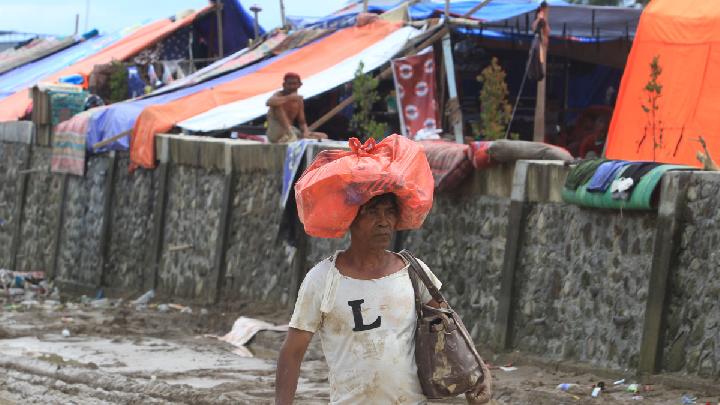







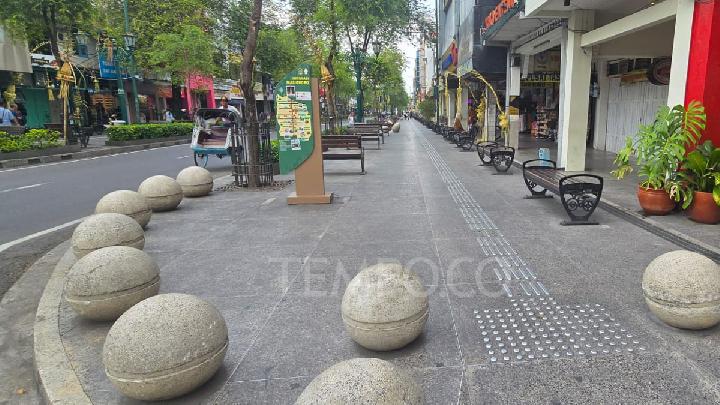

























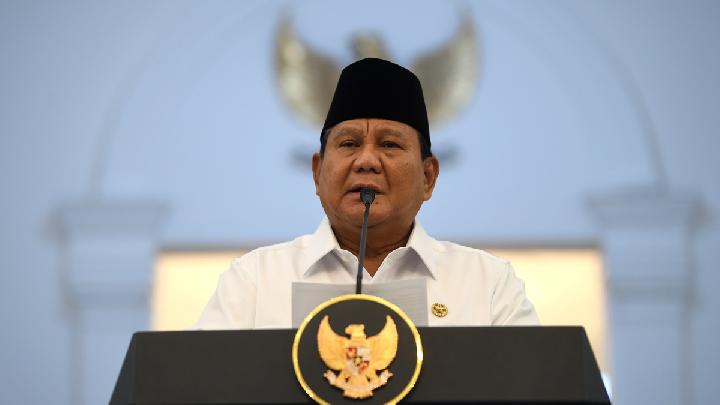
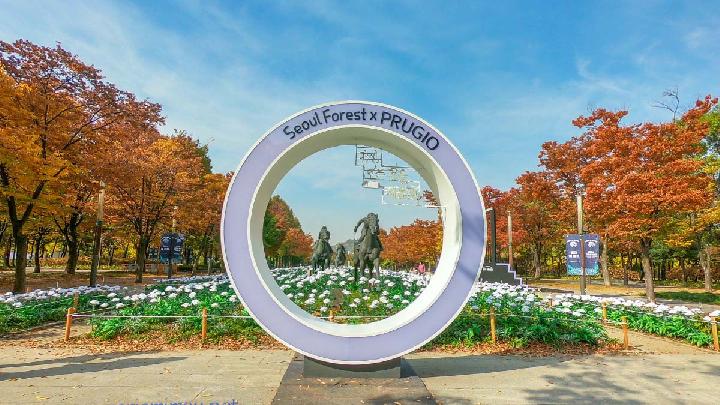
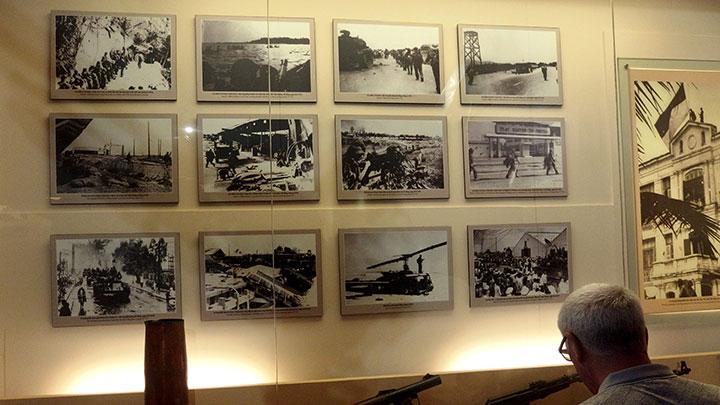
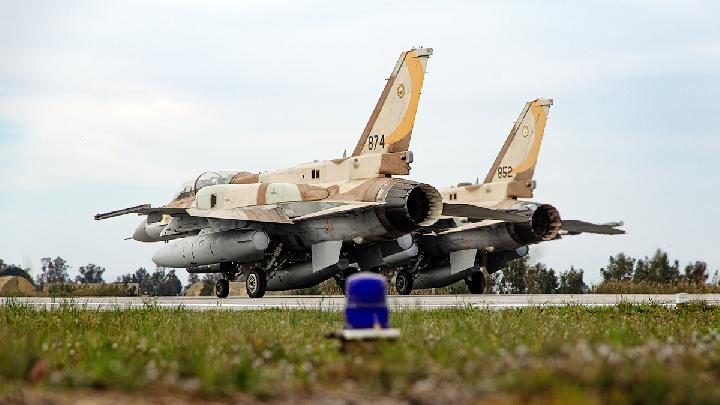

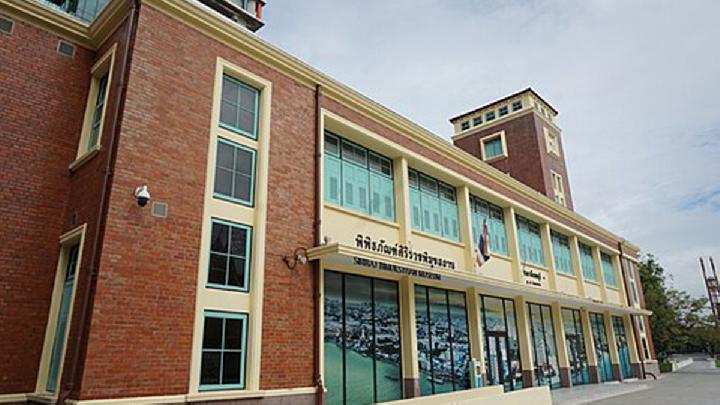
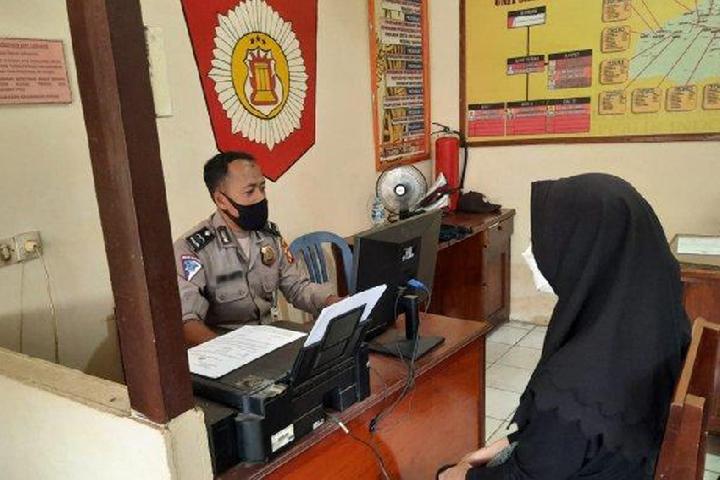

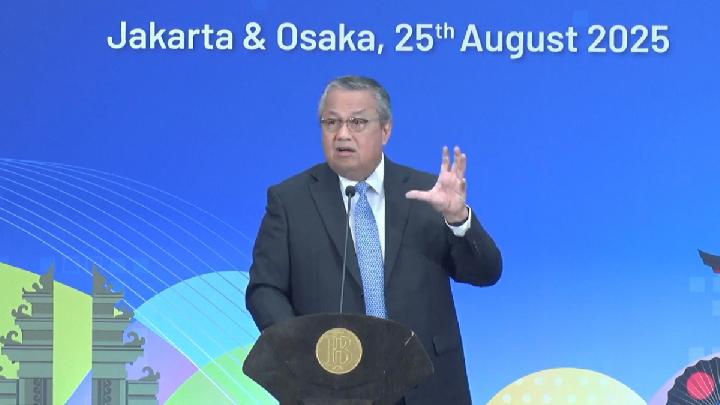

:strip_icc():format(jpeg)/kly-media-production/medias/5243277/original/092151900_1749100247-front-view-cute-little-boy-listening-music.jpg)
